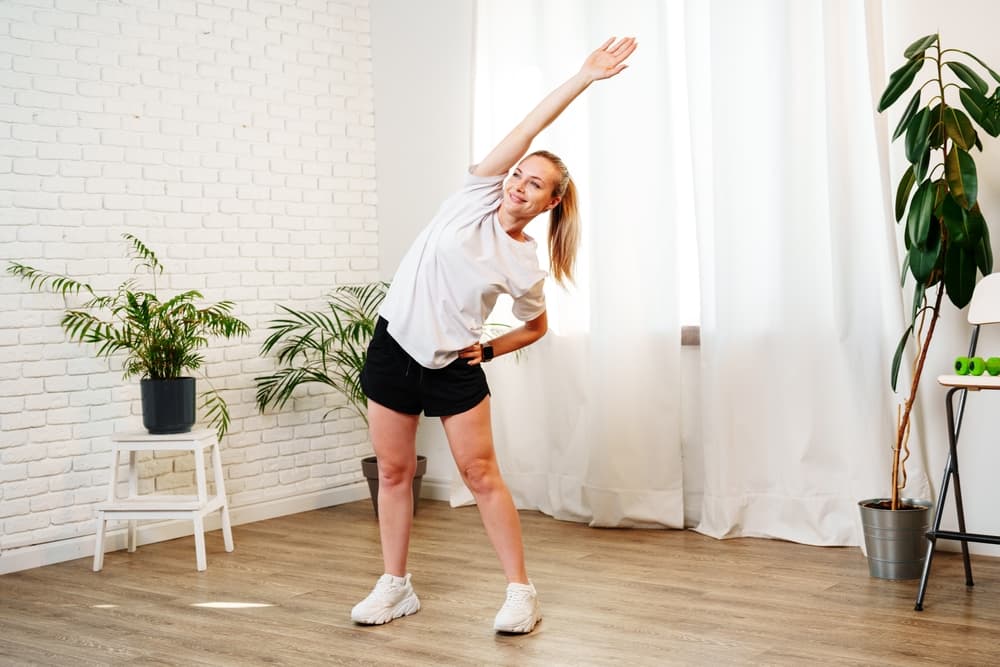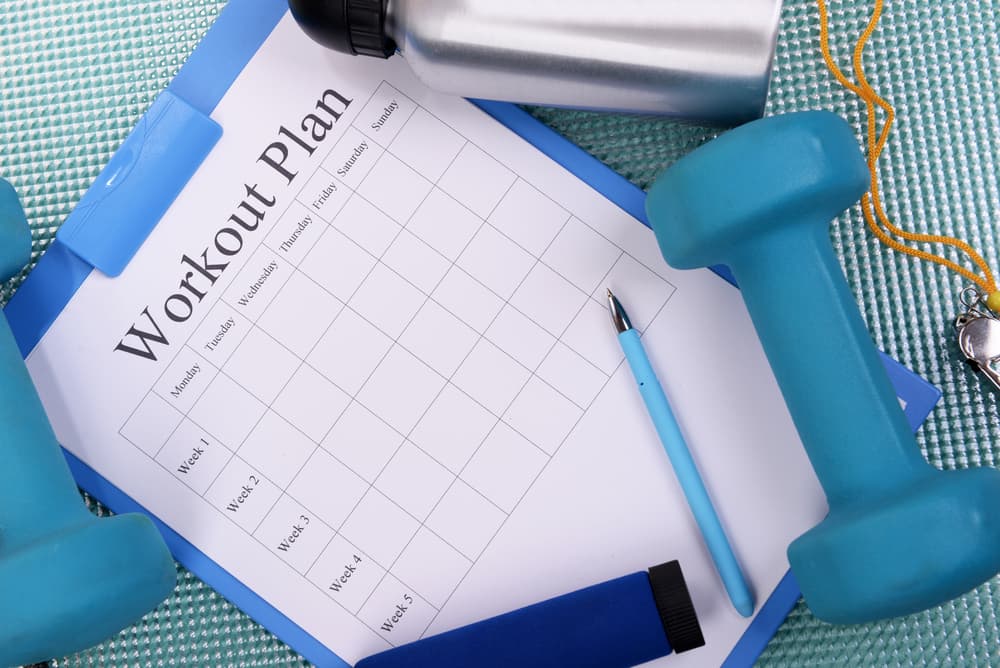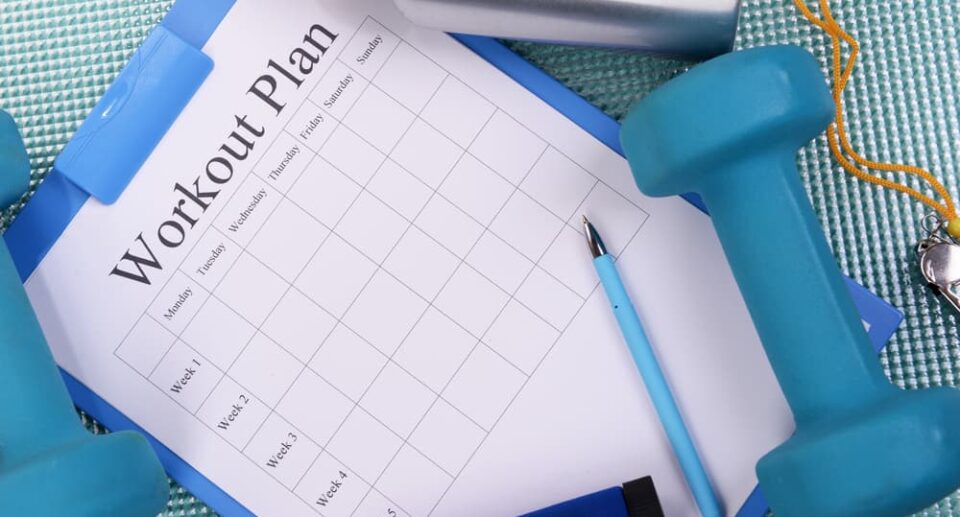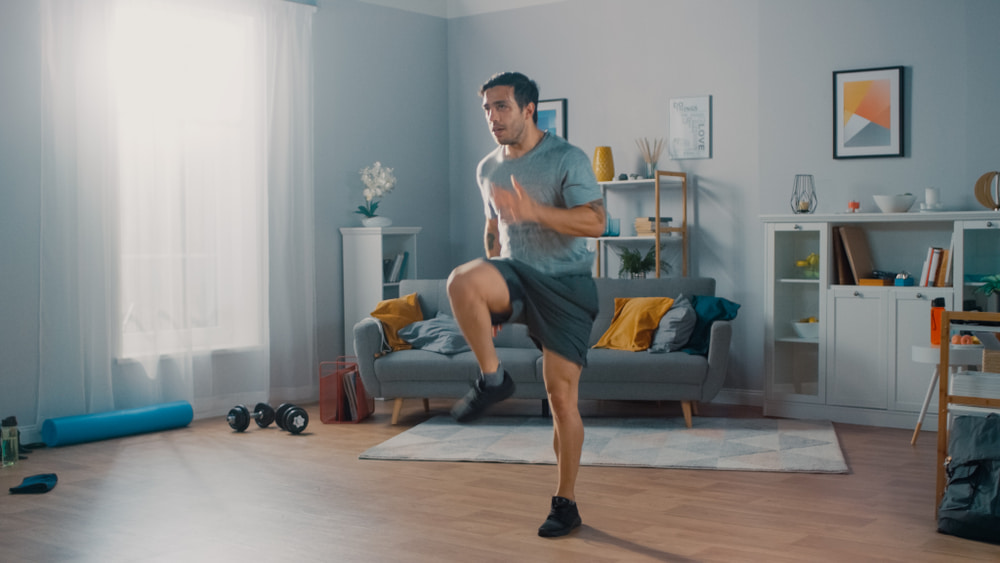The importance of stretching in a daily lifestyle
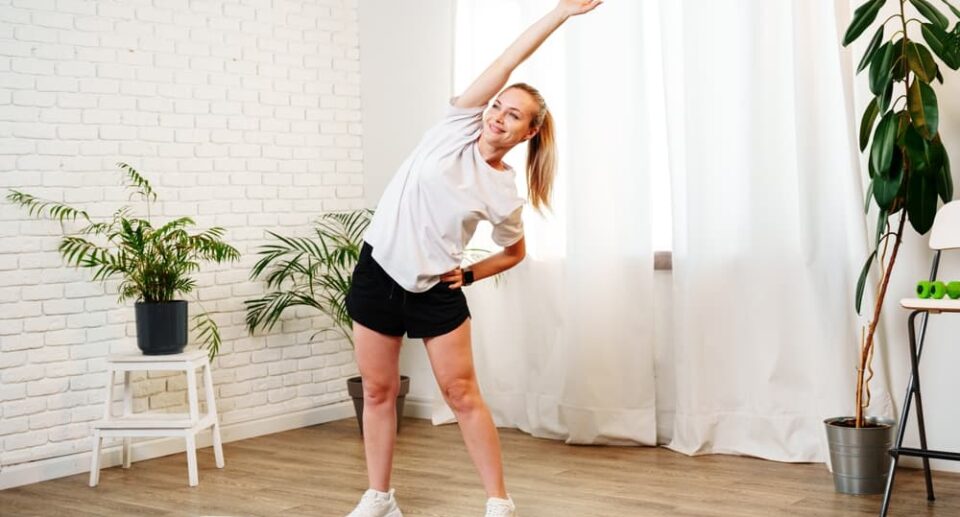

We often spend hours sitting in one place, whether at the office or in front of a laptop. And this habit gradually reduces the body’s flexibility, creates muscle tension, and ruins the body’s posture. But just a few minutes of stretching every day can keep the body free from this problem. Stretching is not just for athletes or yoga practitioners; it is a simple physical activity that anyone can add to their daily routine. Regular stretching increases blood circulation, reduces muscle tension, reduces stress, and brings new energy to the body. Taking a few minutes to stretch after waking up in the morning or before going to bed at night will make you feel lighter, more active, and focused throughout the day.
According to Harvard Health, regular stretching can improve muscle coordination and blood flow, reducing the risk of injury.
Physical benefits of stretching
Increase flexibility and range of motion
Stretching makes muscles longer and more elastic. As a result, the muscles are not only strong but also flexible. It increases the mobility of the joints. And it will allow you to bend over easily, easily grasp objects within reach, and tie shoelaces. This is very effective in preventing the loss of mobility that occurs with age.
Injury prevention
Sturdy and tight muscles can easily tear or strain during sudden movements. Regular stretching keeps muscles loose and flexible, which significantly reduces the risk of injury during sudden, complex tasks or physical exercise. Especially for older people, flexibility improves balance and reduces the risk of falling.
Reduce muscle pain and tension
Working in one position for a long time, sitting or standing, causes tension or stress in the muscles. Stretching helps to relieve this tension or inertia.
Post-workout stretching helps to quickly reduce the pain that often occurs in the muscles after heavy exercise.
Improve posture
Muscle balance: Some muscles in our body become tight (such as the chest or hip flexors), and some muscles become weak (such as the back or abdominal muscles). This imbalance causes poor posture.
Proper alignment: Regular stretching helps to maintain an appropriate alignment by relaxing tight muscles, which in turn improves your walking posture.
Increase blood circulation
Oxygen supply: Stretching increases blood flow to the muscles. Blood supplies oxygen and essential nutrients to the muscle cells.
Waste removal: Improved blood circulation helps to remove metabolic waste such as lactic acid from the muscles, which helps reduce muscle fatigue and pain.
Relieve back and neck pain
Reduce lower back pain: In most cases, lower back pain is caused by tight back muscles or hip flexors. Stretching lengthens these tight muscles and reduces pressure on the upper back.
Tension Headache Relief: Stretching is also effective in reducing tension headaches or migraines by relaxing the muscles of the neck and shoulders.
Mental and Psychological Benefits of Stretching
Reduces Stress and Anxiety
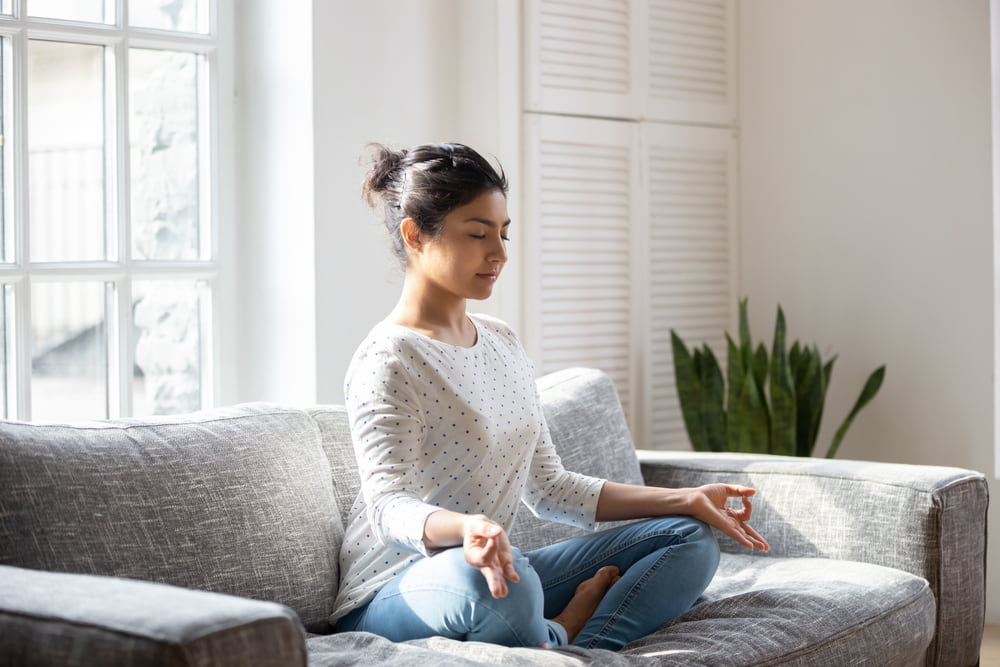

Helps Reduce Cortisol: Stretching activates the body’s parasympathetic nervous system, which is responsible for the “rest and digest” process. As a result, it helps reduce levels of the stress hormone cortisol.
Releases Muscle Tension: Stress often creates tension in the muscles of the shoulders, neck, and back. Stretching relaxes this tension, which sends a signal to the brain to relax and reduces overall anxiety.
Improves Mood
Releases Happy Hormones: Stretching as a physical activity stimulates the body’s release of “feel-good” hormones called endorphins and serotonin. These hormones act as natural mood-lifters, which cheer up the mind and help reduce feelings of depression and sadness.
Improves Focus and Mental Clarity
Blood Circulation to the Brain: Stretching increases the supply of blood and oxygen to the body and brain. Improved blood flow to the brain helps improve mental clarity and focus.
Increased mindfulness: When you focus on the sensations of your breathing and muscles while stretching, it acts as a kind of walking meditation. This mindfulness brings you back to the present moment and helps you focus on your work.
Improved sleep quality
Physical relaxation: Gentle stretching before bed at night removes any remaining muscle tension and relaxes the body.
Calm nervous system: A relaxed nervous system helps you fall asleep faster and get a deeper night’s sleep, which is very important for overall mental health.
Increased mind-body awareness
Understanding body language: Regular stretching helps you understand where there is tension or discomfort in different parts of your body. This awareness teaches you to pay attention to your body’s needs and encourages you to take care of yourself.
The right time and method to stretch
Dynamic stretching for warm-up
Dynamic stretching is stretching done through active movements, where you repeatedly move through a specific range of motion.
Time: Before starting any type of physical activity (such as running, going to the gym, or playing sports).
Method: Move slowly and in a controlled manner without holding any one position. For example:
Arm Circles
Leg Swings
Walking Lunges
Spot Jogging
Duration: Repeat each movement 10-12 times.
Important: Fast-paced static stretching should not be done on cold muscles before exercise, as this can temporarily reduce muscle performance and increase the risk of injury.
Static stretching for cool-down
Static stretching is holding a position for a long time
Time:
After exercise or strenuous activity.
Any time of day (such as after waking up in the morning or before going to bed at night) to increase flexibility or for general relaxation.
Method: Gently stretch the muscles until they are fully stretched, but do not feel any pain.
Hold: Hold each stretch for 30 seconds. Those over 65 can hold for up to 60 seconds.
Repetition: Repeat 2-4 times for each muscle.
Correct and straightforward stretching technique
There are some simple rules to follow when stretching to make it safe and effective:
Warm up: Warm up your body with 5-10 minutes of light cardio (such as walking or light jogging) before dynamic stretching. Do not force static stretching on cold muscles.
Go gently: You should feel a slight tension in the muscles while stretching, but not pain at all. If it hurts, reduce the stretch a little.
Don’t bounce or jerk: When doing static stretching, don’t forcefully pull the muscle by jerking or bouncing. This risks tearing the muscle or causing injury.
Keep breathing normally: Don’t hold your breath while stretching. Take deep and slow breaths. This helps relax the muscles.
Maintain regularity: Stretch the major muscle groups at least 2-3 days a week for best results.
Easy Stretching Routines for Daily Life
Neck and Shoulder Relaxation
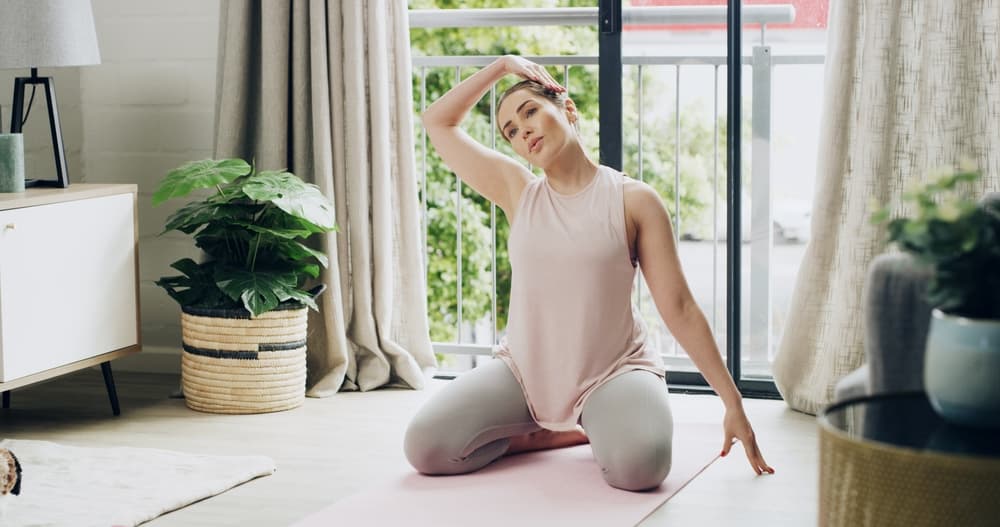

Ear to Shoulder Tilt: Sit or stand up straight. Gently lower your right ear to your right shoulder. Feel a slight stretch on the left side of your neck. Hold for 15 seconds. Now, straighten your head and lower your left ear to your left shoulder and hold for 15 seconds.
Chin to Chest Tuck: Slowly lower your chin to your chest. Feel a slight stretch on the back of your neck. Hold for 30 seconds.
Shoulder Roll: Hang your arms at your sides. Rotate your shoulders together, first backward 10 times and then forward 10 times. This is an active movement.
Shoulder Extension: Straighten your right arm and bring it across your chest. Gently press with your left hand just above your right elbow. Feel a stretch on the back of your right shoulder. Hold for 15 seconds and do the same with the other arm.
Back and torso stretch
Cat-cow pose: Get into a tabletop position with your hands and knees on the floor. As you inhale, lower your belly and lift your head and chest (‘cow’ pose). As you exhale, round your back and lift your chin to your chest (‘cat’ pose). Slowly move back and forth between these two poses for 30 seconds.
Spinal twist: Sit on the floor with your legs straight. Bend your right knee and place it on the outside of your left foot. Place your left hand on your right knee, twisting your body to the right. Keep your spine straight and look back. Hold for 30 seconds and repeat on the other side.
Chest open: Stand up straight. Place both hands behind your back and clasp your fingers together. Keep your arms straight and gently pull your shoulders back to expand your chest. Hold for 30 seconds.
Child’s pose: Kneel on your knees, placing your hips on your heels. Lean forward. Place your head on the floor and extend your arms straight out in front of you. Feel a deep, comfortable stretch in your back and hips. Rest in this position for 1 minute.
Leg Flexibility
Hamstring Stretch: Stand up straight. Keep one leg straight in front of you and bend the other knee slightly. Now bend your body forward from the waist and try to touch your straight toes (keeping your back as straight as possible). Hold for 30 seconds and repeat with the other leg.
Quadriceps Stretch: Stand straight and hold onto a wall or chair with one hand for balance. Bend one knee and pull the heel of that foot towards your buttock. Feel the stretch in the front of your thigh (quadriceps). Hold for 30 seconds and repeat with the other leg.
Cuff Stretch: Stand facing a wall. Keep one leg straight behind you and bend the other leg slightly in front. Press the heel of the back foot firmly into the ground. Hold for 30 seconds and repeat with the other leg.
Hip and Glute Stretch: Sit upright in a chair. Place your right ankle on your left knee. Now lean your body slightly forward. Feel the stretch in your right hip and waist. Hold for 30 seconds and repeat on the other side.
Finish and relax
Deep breathing: Sit or lie down in any comfortable position. Close your eyes. Inhale deeply and slowly (for 4 seconds) and exhale slowly and thoroughly (for 6 seconds). Focus on this process for 1 minute.
Stretching is not just a physical activity; it is a powerful means of establishing balance between the body and mind. Its benefits are not only limited to muscle flexibility and injury prevention, but it also has a profound positive effect on our mental and psychological health.
FAQ
Q 1: How often should I stretch in my daily lifestyle?
It’s best to stretch every day, even for just 5-10 minutes. Regular stretching keeps your muscles flexible, improves posture, and prevents stiffness from long sitting hours.
Q 2: What is the best time to do stretching exercises?
The ideal time to stretch is in the morning to wake up your muscles or after workouts when your body is warm. Gentle evening stretches can also help you relax and sleep better.
A few words from CoreWellfit
From a mental and psychological perspective, regular stretching reduces the stress hormone cortisol from the body and helps release ‘feel-good’ hormones like endorphins and serotonin, which improve our mood. It helps reduce anxiety and depression, while also increasing focus and mental clarity. Above all, it helps practice mindfulness, which is essential for coping with the stresses of everyday life.
Joseph Andrew is a health and fitness writer at CoreWellFit, dedicated to making fitness simple, effective, and accessible for everyone. He specializes in home workout strategies, strength training, and wellness guidance, with a focus on practical tips that fit into busy lifestyles. Joseph also reviews fitness products and training gear, helping readers make informed choices that support their goals.

